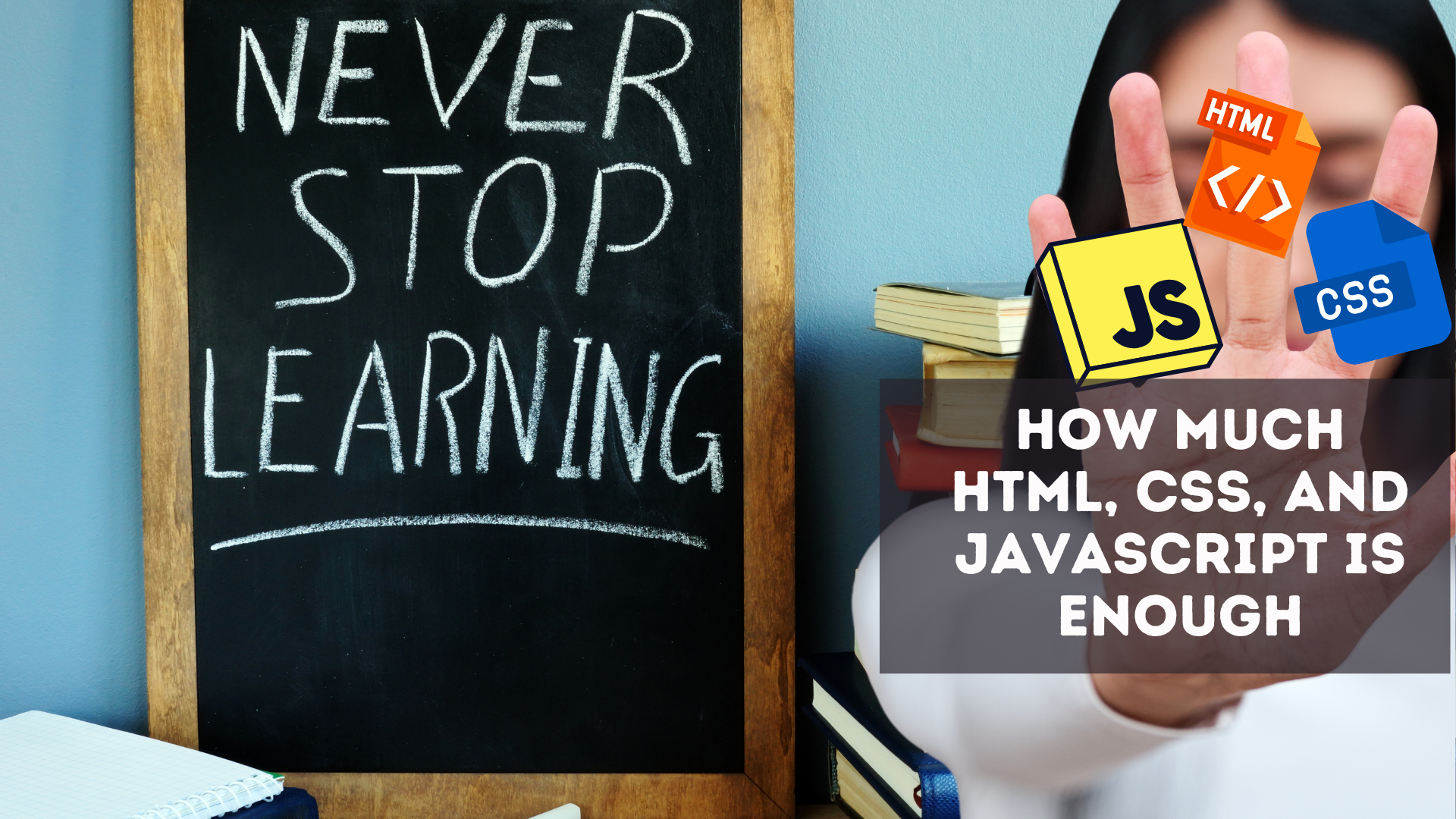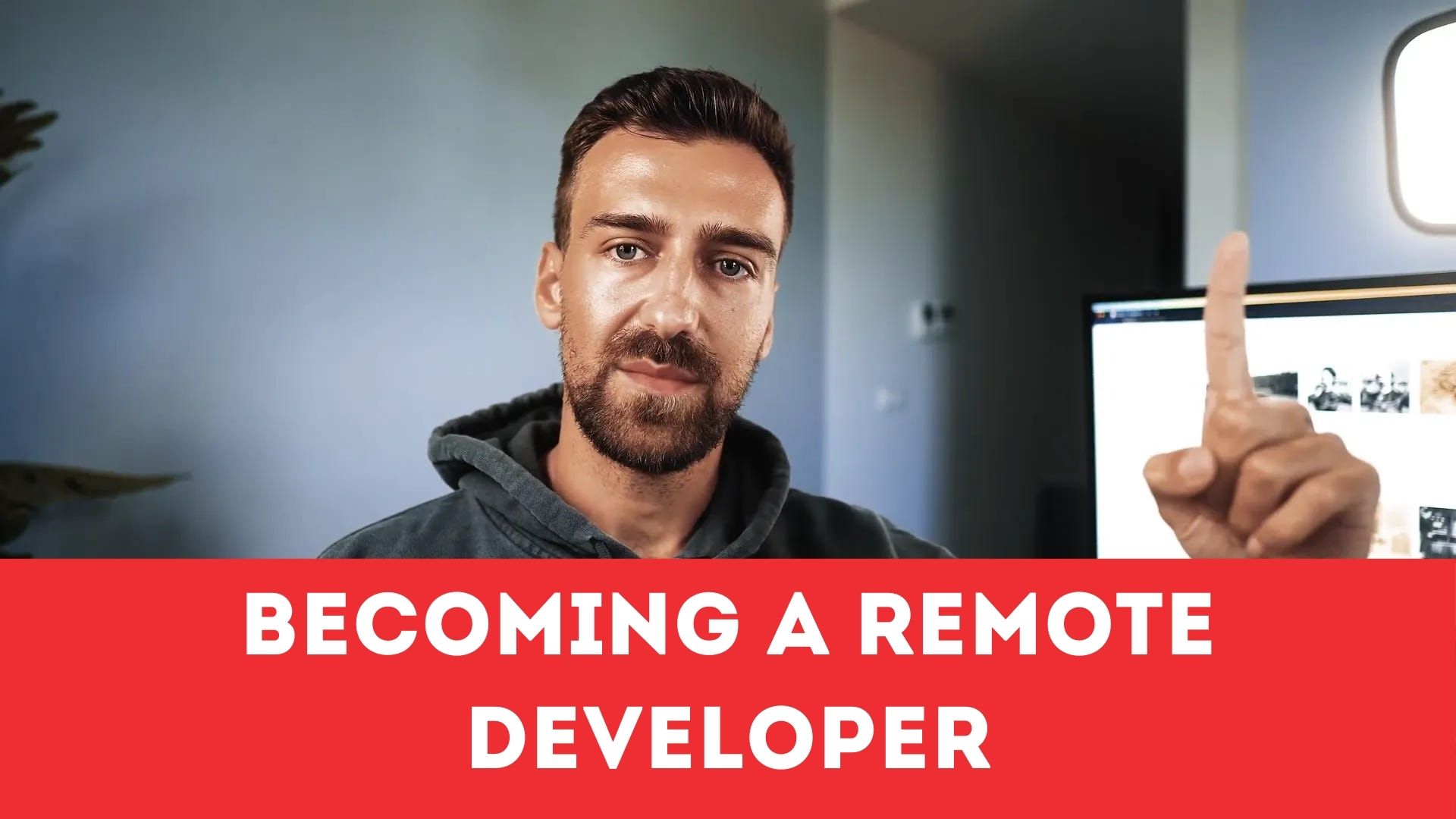Essential Skills for Aspiring Developers in 2025

Essential Skills for Aspiring Developers in 2025
When venturing into the world of coding, many aspiring developers find themselves grappling with a pressing question: How much do I need to know before I can confidently apply for a job in tech? This blog post delves into the essential skills of HTML, CSS, and JavaScript that can set you on the right path toward securing a role in the tech industry.
The Importance of HTML
HTML, or HyperText Markup Language, is the backbone of web development. It structures the content on the web, and understanding it is fundamental. You can grasp the basics of HTML in about two to three weeks of dedicated study. This foundational knowledge allows you to create basic web pages and applications, making it a critical first step in your coding journey.
While learning HTML is relatively straightforward, it’s important to remember that it’s a continuous learning process. As you progress, you’ll discover new elements and attributes that enhance your web pages. The key here is to start with a solid grasp of HTML basics, such as:
Understanding tags and attributes
Creating headings, paragraphs, and links
Embedding images and videos
Building lists and tables
CSS: The Style of the Web
Once you have a handle on HTML, the next step is CSS (Cascading Style Sheets), which is responsible for the design and layout of web pages. Think of HTML as the bones of a house, while CSS is the furniture and paint that make it livable and visually appealing. You can learn the basics of CSS fairly quickly, but mastering it can take a significant amount of time.
CSS allows you to control the look and feel of your web pages. Here are some essential concepts to focus on:
Selectors, properties, and values
Box model and layout techniques
Responsive design with media queries
Flexbox and CSS Grid for layout
Many developers find themselves frequently Googling CSS issues as they arise, which is a normal part of the coding process. The depth of CSS can be overwhelming, but understanding how to manipulate elements effectively is key to creating beautiful websites.
Photo by Maik Jonietz on Unsplash
JavaScript: Adding Interactivity
JavaScript is where things start to get exciting. It’s the programming language that brings your web pages to life, allowing you to add interactivity and dynamic content. If HTML is the structure and CSS the style, JavaScript is the plumbing and electrical work that makes everything function smoothly.
Getting a solid understanding of JavaScript will require more time and effort, but it’s essential for any aspiring web developer. Here are the core concepts you should focus on:
Document Object Model (DOM) manipulation
Understanding variables, arrays, and loops
Event handling and functions
Basic data structures and algorithms
Building simple projects using JavaScript can significantly enhance your learning experience. If you can create a functional web page that includes interactivity, you’re well on your way to being job-ready.
Photo by Boitumelo on Unsplash
When to Start Applying for Jobs
One of the most common concerns for new developers is knowing when they are ready to apply for jobs. The answer is simpler than you might think. If you can build something tangible — whether it’s a basic website or a small application — and can explain your thought process and the technologies used, you’re ready to start applying!
Building a portfolio website is a great way to showcase your skills and projects. Even if your early creations aren’t perfect, the enthusiasm and effort you put into them can impress potential employers. Here are a few tips to consider:
Create a portfolio website to display your projects.
Network with other professionals in the industry.
Engage with communities on platforms like LinkedIn and GitHub.
Attend meetups or online coding events to expand your network.
Photo by Ales Nesetril on Unsplash
The Power of Networking
Networking is crucial in the tech industry. Many job opportunities arise through connections rather than traditional job applications. Start building your network early, and don’t hesitate to reach out to others for advice or collaboration. Engaging with the community can lead to valuable insights and job opportunities.
Conclusion
In summary, the amount of HTML, CSS, and JavaScript you need to know before applying for jobs boils down to your ability to create and showcase your work. If you understand the fundamentals and can build functional projects, you’re ready to take the leap into the job market. Remember, continuous learning and networking are key components of a successful tech career.
FAQ
How long does it take to learn HTML, CSS, and JavaScript?
With dedicated effort, you can grasp the basics of HTML in about two to three weeks, CSS in a similar timeframe, and JavaScript may take longer depending on your prior knowledge and experience.
What projects should I build to showcase my skills?
Start with simple projects like personal websites, to-do lists, or small web applications that highlight your understanding of HTML, CSS, and JavaScript.
Is it necessary to know all three languages to get a job?
While knowing all three languages is beneficial, having a solid understanding of at least HTML and CSS, along with some JavaScript, can make you a suitable candidate for entry-level positions.
How can I improve my coding skills?
Practice regularly, build projects, engage with online communities, and consider attending coding boot camps or workshops to enhance your skills.
For more insights and tips on coding and web development, check out these related articles:
Thank you for reading! If you have any questions or want to share your own coding journey, feel free to leave a comment below.





